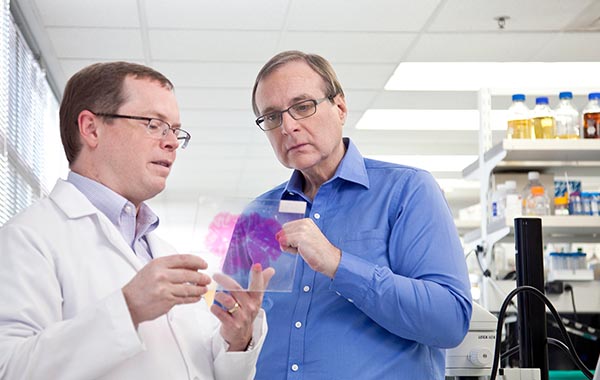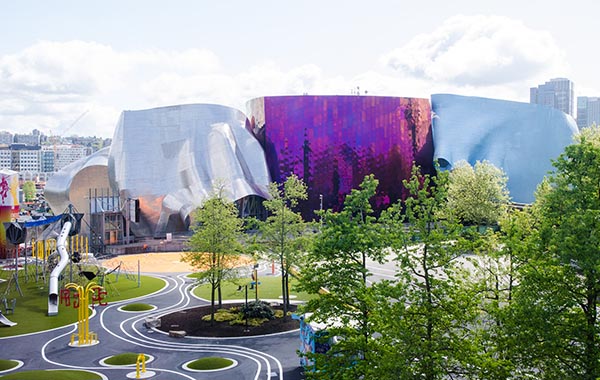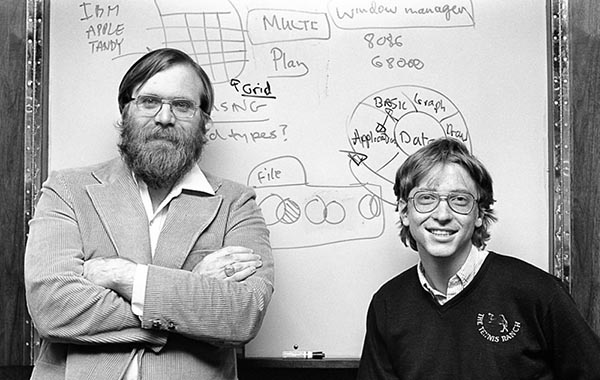Gardner House and Allen Family Center
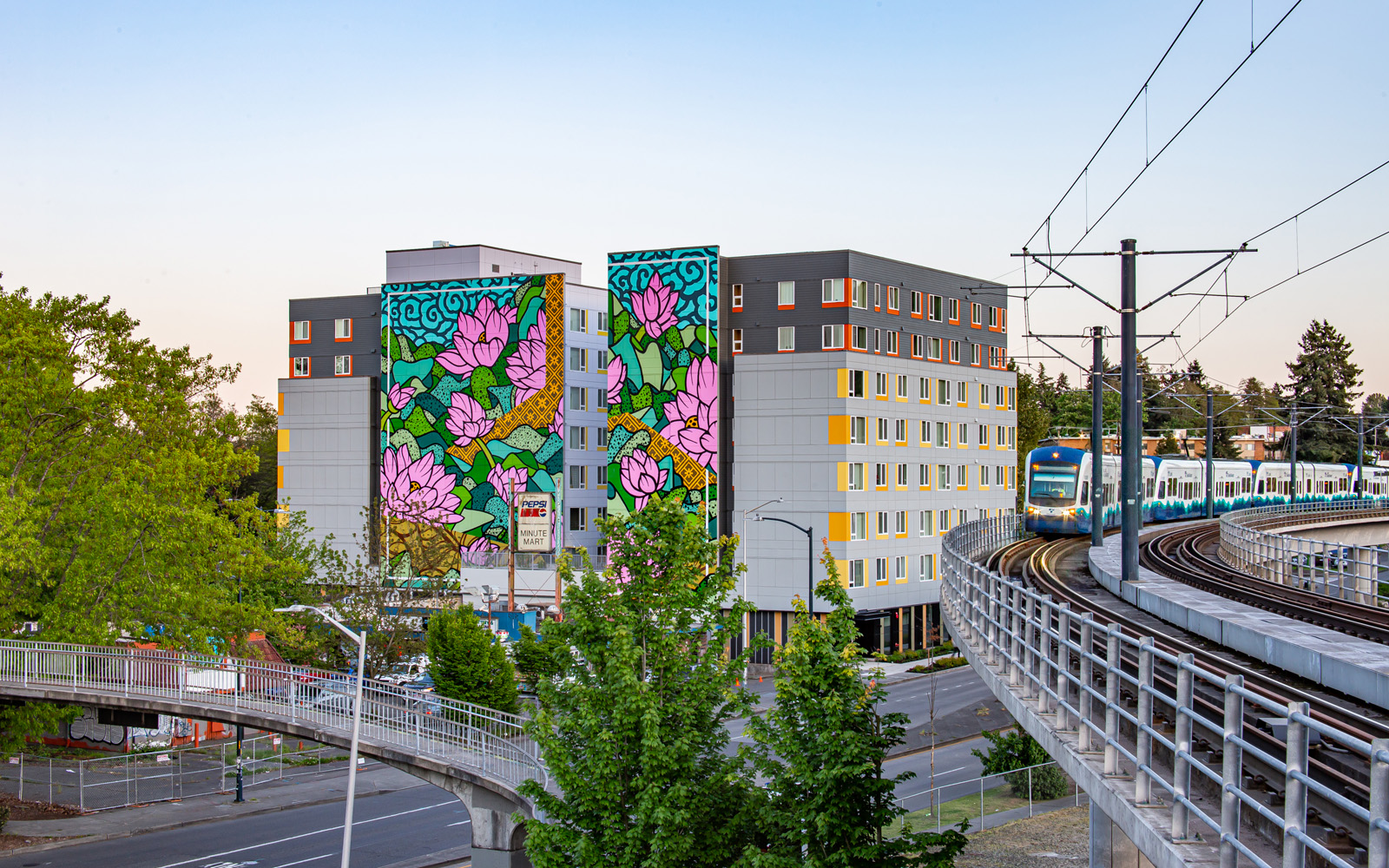
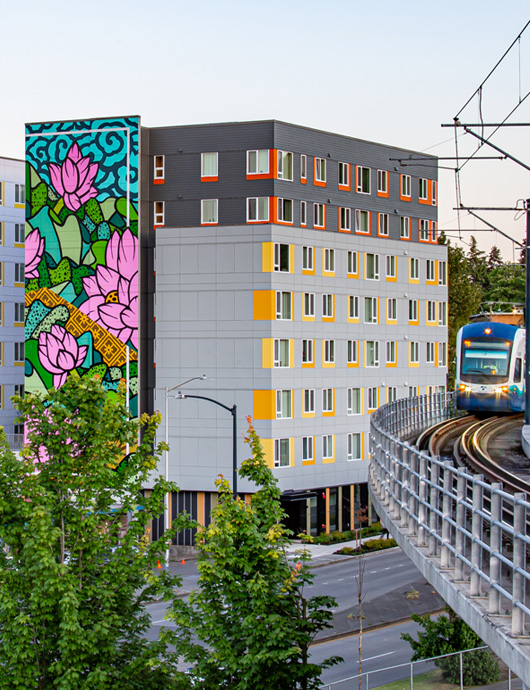
Paul was proud to call the Pacific Northwest his lifelong home. And because of this deep connection, he was committed to supporting local organizations that worked to improve the ability of the area’s social services to respond to the needs of underserved populations, support families, and strengthen communities.
For example, during his lifetime, he contributed millions to organizations tackling the region’s homelessness crisis. He believed deeply in collaborative solutions that create coalitions of public and private partnerships, each guided by insights from experts on the ground, rather than experimenting with more lofty, unproven concepts.
One of the many grants from Paul’s foundation included the creation of a new facility designed to serve entire families experiencing homelessness. It is called the Gardner House and Allen Family Center and it opened its doors in summer 2020 to serve families in transition.
The building, located in Seattle’s Mt. Baker neighborhood, was funded largely by a $30 million pledge from the Paul G. Allen Family Foundation. But the money is only part of the story. Its true success lies in the unique, holistic approach the project takes to building strong partnerships.
One of the many grants from Paul’s foundation included the creation of a new facility designed to serve entire families experiencing homelessness. It is called the Gardner House and Allen Family Center and it opened its doors in summer 2020 to serve families in transition.
The building, located in Seattle’s Mt. Baker neighborhood, was funded largely by a $30 million pledge from the Paul G. Allen Family Foundation. But the money is only part of the story. Its true success lies in the unique, holistic approach the project takes to building strong partnerships.
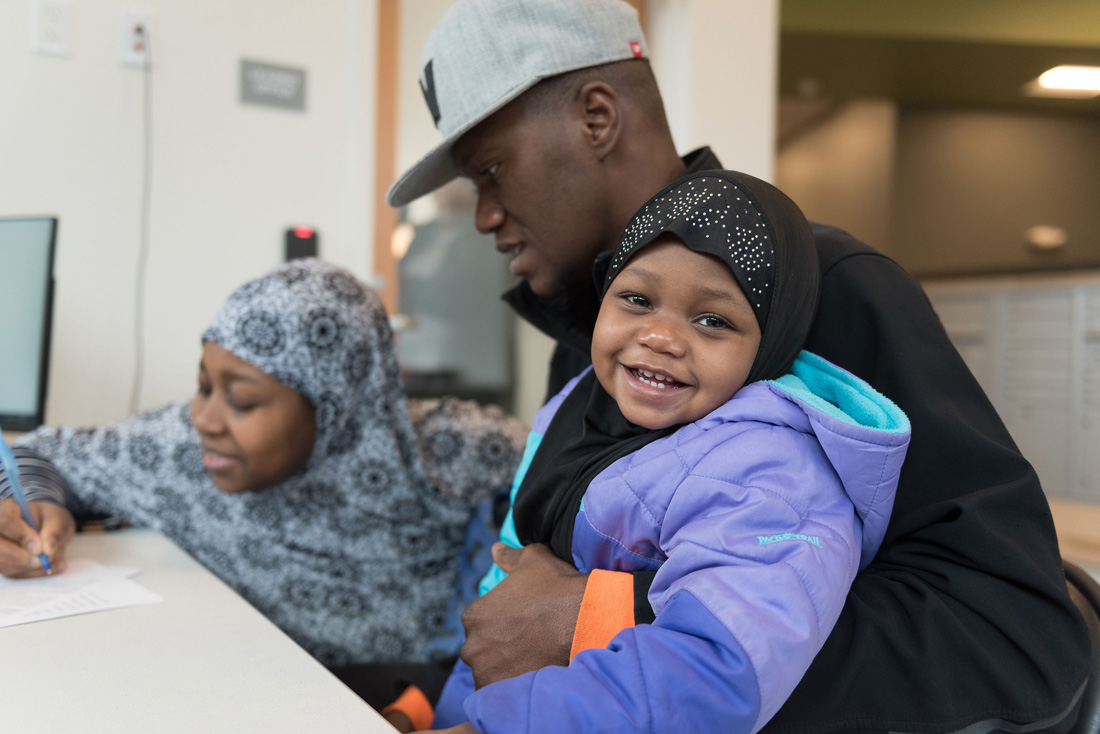
Specifically, while Gardner House (named after his mother’s given name), provides on-site housing via 95 family-sized apartments, The Allen Family Center on the ground floor of the building houses an 8,000-square-foot community hub. It was co-designed by nonprofit service providers to eliminate service fragmentation and make it easier to access essential services all in one place. These include housing placement and homelessness prevention, help in securing affordable and culturally appropriate childcare, job navigation, mental and behavior health services, financial and health education, and immigrant and refugee family-centered services.
Whether supporting respected Seattle nonprofits, investing in housing and services, or building entire facilities, Paul was dedicated to the county-wide effort to address family homelessness in his community.
Whether supporting respected Seattle nonprofits, investing in housing and services, or building entire facilities, Paul was dedicated to the county-wide effort to address family homelessness in his community.

